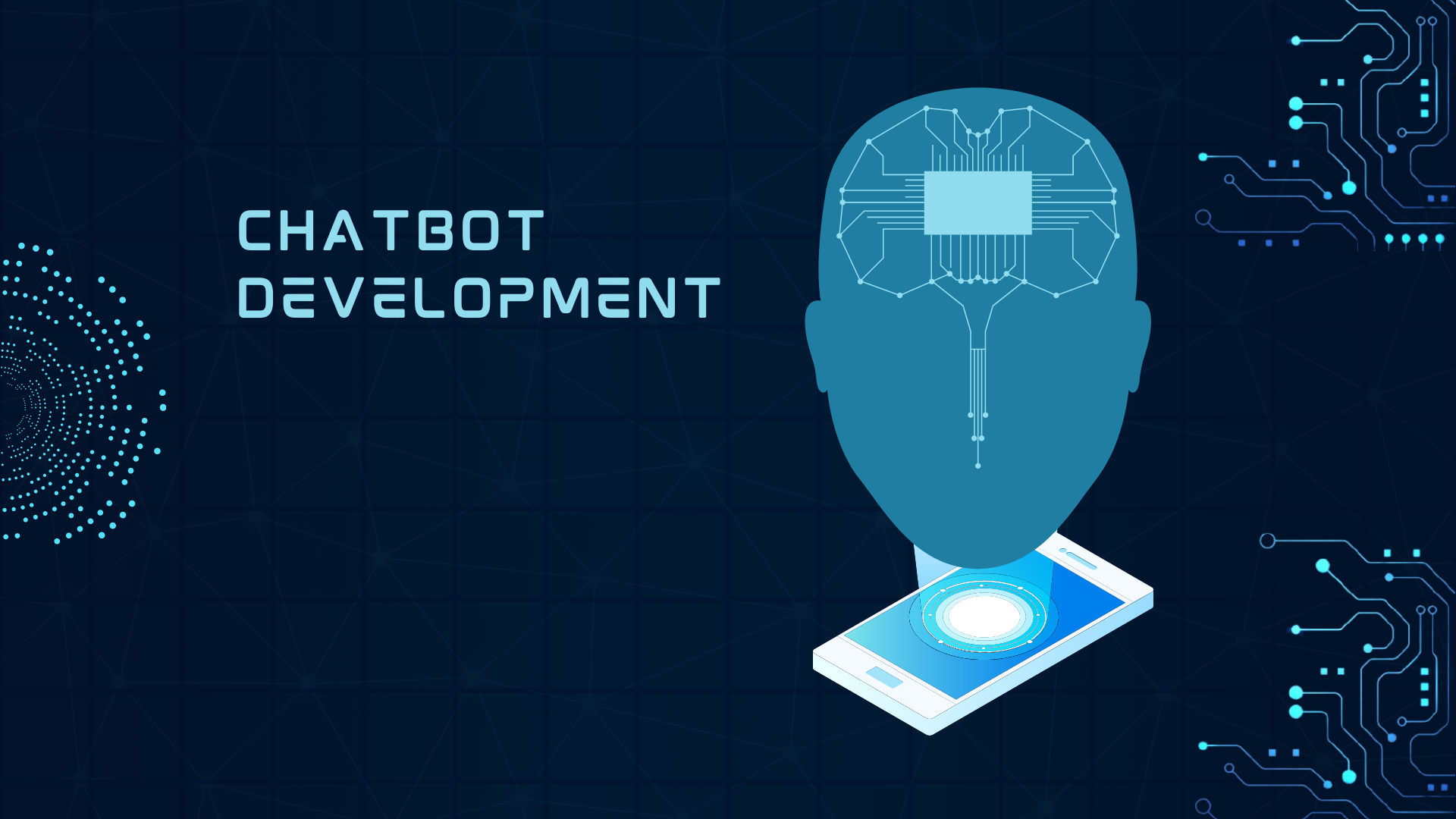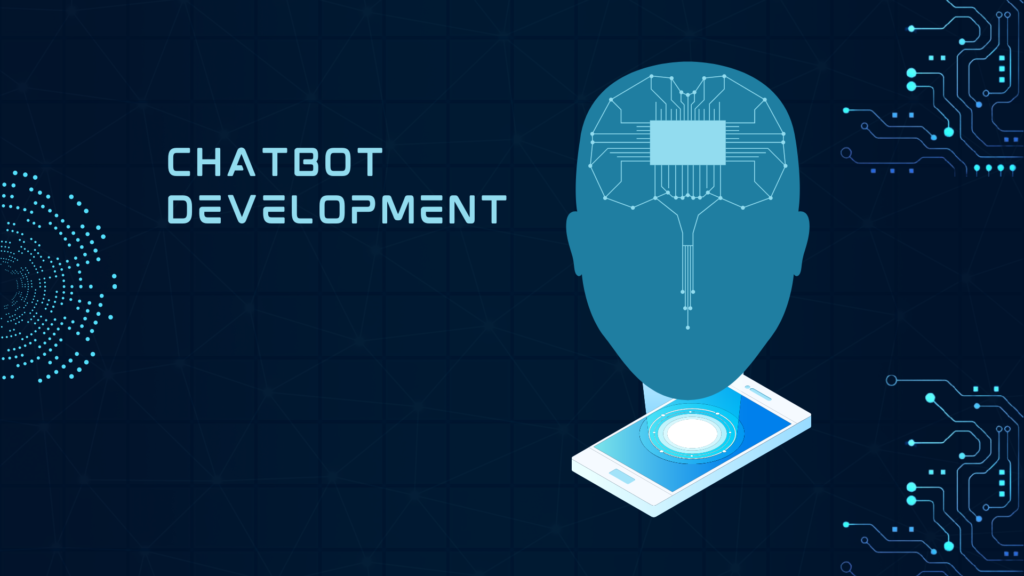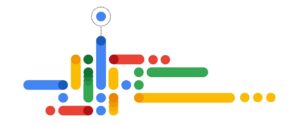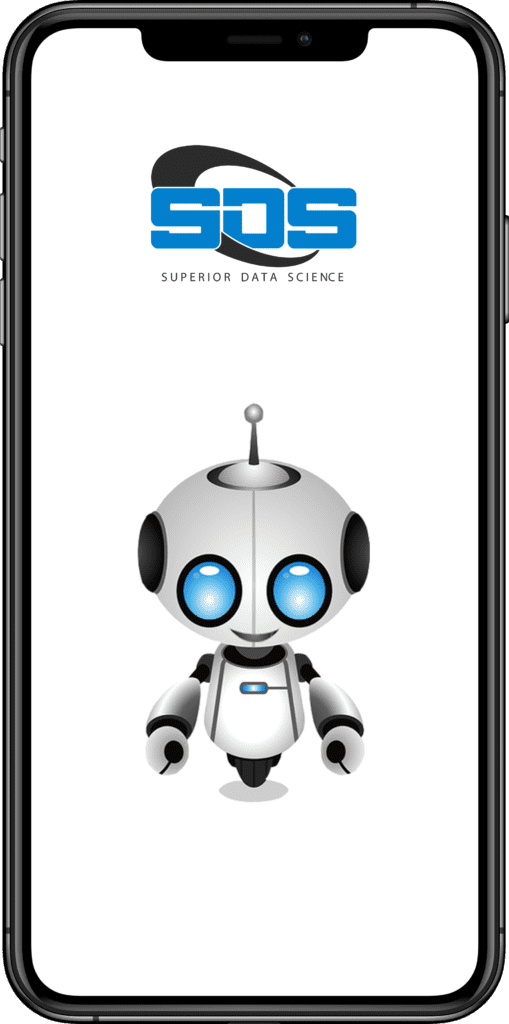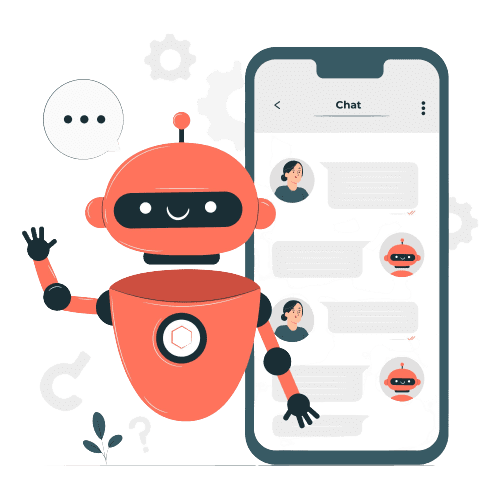In the realm of modern business strategies, chatbots have emerged as invaluable tools, revolutionizing customer interactions and optimizing operational efficiency. However, deploying a chatbot is merely the initial step. To guarantee its success, it’s imperative to understand and measure its performance meticulously. This blog will delve into the most important metrics to track for a chatbot, shedding light on how comprehending and optimizing these metrics can empower you to unlock the full potential of your chatbot. Whether your chatbot operates in customer support, sales, or any other domain, these metrics provide the compass for steering it towards peak performance and user satisfaction.
1. User Engagement Metrics:
1.1 User Interaction Rate (UIR):
User Interaction Rate measures the percentage of users who engage with your chatbot for developers after interacting with it. A high UIR indicates that your chatbot effectively draws users into conversations and keeps them engaged.
1.2 Session Duration:
Session Duration tells you how long users, including chatbot API developers, spend interacting with your chatbot in a single session. Longer sessions can indicate that users find value in the conversation or are having their queries resolved.
1.3 Bounce Rate:
Bounce Rate measures the percentage of users, including chatbot API developers, who leave the chat without interacting further. A high bounce rate might indicate issues with the initial message, user experience, or relevance of the chatbot’s responses.
2. Completion and Conversion Metrics:
2.1 Task Completion Rate:
Task Completion Rate evaluates the percentage of users, including those interacting with chatbots developed by companies developing chatbot, who successfully complete a task with the chatbot. Tasks can vary from gathering information to making a purchase. A high completion rate indicates effective task automation.
2.2 Conversion Rate:
Conversion Rate tracks how many users, including those interacting with chatbots developed by companies developing chatbot, take a desired action after interacting with the chatbot, such as making a purchase or signing up for a newsletter. This is a critical metric for e-commerce and lead generation chatbots.
3. Response Metrics:
3.1 Response Accuracy:
Response Accuracy measures how often the chatbot, with its well-developed chatbot functionality, provides accurate answers or takes the correct actions. High accuracy is crucial for building trust with users.
3.2 Response Time:
Response Time quantifies how quickly the chatbot, with its well-developed chatbot functionality, replies to user queries. Fast responses are essential for a positive user experience.
4. User Feedback Metrics:
4.1 User Satisfaction (CSAT):
User Satisfaction, often measured using a Customer Satisfaction (CSAT) survey, asks chatbot for developers users to rate their satisfaction with the chatbot’s performance. This provides valuable insights into user sentiment.
4.2 User Feedback and Suggestions:
Collecting user feedback and suggestions can provide qualitative insights into what users, including chatbot for developers, like or dislike about the chatbot. This feedback can drive improvements and enhancements.
5. Error Metrics:
5.1 Error Rate:
Error Rate tracks the percentage of interactions where the chatbot, including those developed by chatbot API developers, fails to understand the user or provides incorrect responses. Reducing the error rate is essential for improving user experience.
5.2 Fallback Rate:
Fallback Rate measures how often the chatbot, including those developed by chatbot API developers, transfers a conversation to a human agent due to inability to handle the query. A high fallback rate might indicate areas where the chatbot needs improvement.
6. Retention Metrics:
6.1 Return Users:
Monitoring the number of return users, including those who engage with chatbots developed by companies developing chatbot, can indicate whether your chatbot provides ongoing value. High retention suggests users find the chatbot useful over time.
6.2 Churn Rate:
Churn Rate quantifies the percentage of users, including those who initially engage with chatbots developed by companies developing chatbot, who stop using the chatbot over a specific period. High churn rates may indicate a need for improvements or new features.
7. Cost Metrics:
7.1 Cost per Resolution:
For customer support chatbots, Cost per Resolution calculates how much money is saved by handling inquiries through the chatbot with its well-developed chatbot functionality rather than human agents. Lower costs are a clear indicator of success.
7.2 Cost per Interaction:
Cost per Interaction measures the cost associated with each chatbot interaction, taking into account the effectiveness of your chatbot’s developed chatbot functionality. This metric is valuable for evaluating the efficiency of your chatbot operations.
8. Security and Compliance Metrics:
8.1 Security Incidents:
Security Incidents track the number of security breaches or data leaks, which is crucial for chatbot API developers. Ensuring the chatbot complies with security standards is essential to protect user data and maintain trust.
8.2 Compliance Violations:
Compliance Violations measure how often the chatbot, including those developed by chatbot API developers, violates industry regulations or internal compliance standards. Avoiding violations is essential to avoid legal issues.
9. Scalability Metrics:
Scalability measures how well the chatbot, including those developed by companies developing chatbot, can handle an increasing number of users and interactions without a drop in performance. A scalable chatbot is essential for accommodating growth.
10. Integration Metrics:
Integration Effectiveness measures how well the chatbot, especially those developed by companies developing chatbot, integrates with other systems and databases. Effective integrations ensure the chatbot can access and provide relevant information seamlessly.
11. Conclusion:
Tracking these key metrics for your chatbot for developers is essential for ongoing success and optimization. Keep in mind that the importance of specific metrics may vary depending on the chatbot’s purpose and your business goals. Regularly analyzing these metrics, making data-driven improvements, and staying aligned with user expectations will help your chatbot for developers evolve into a valuable asset, enhancing user experiences and achieving your desired outcomes. Remember, a well-monitored chatbot is a chatbot poised for excellence.
